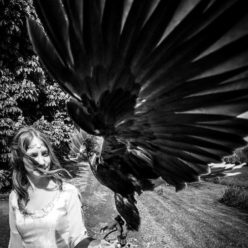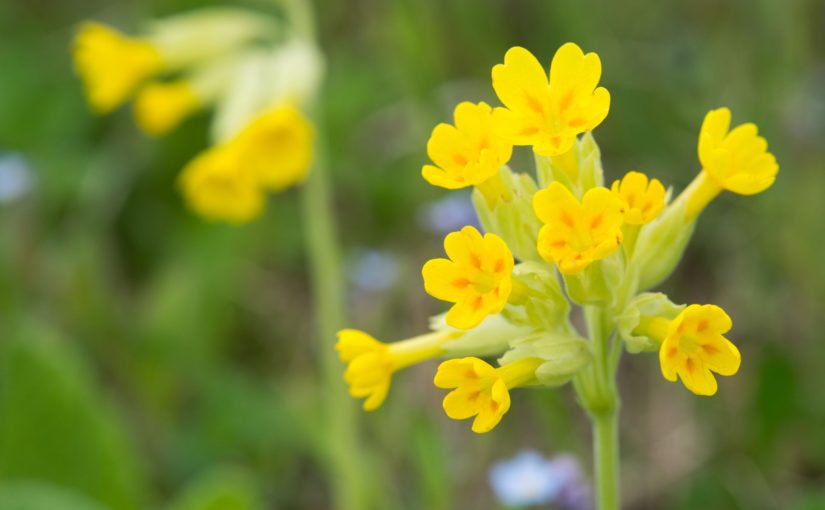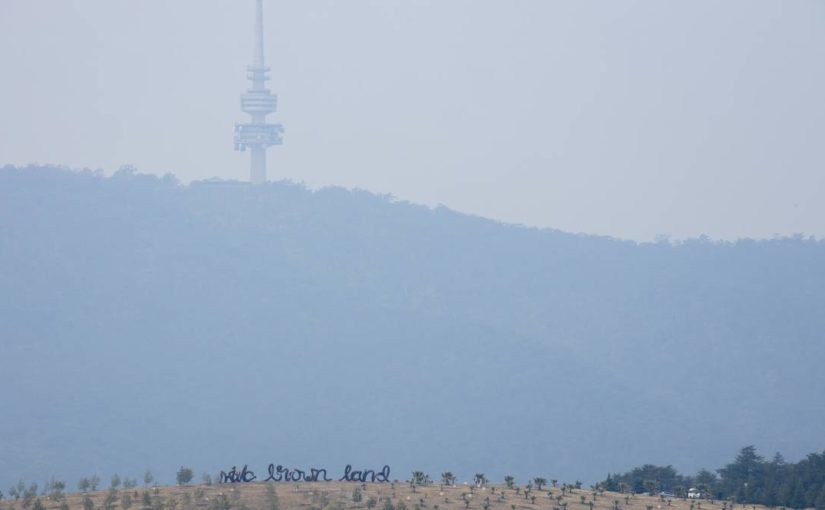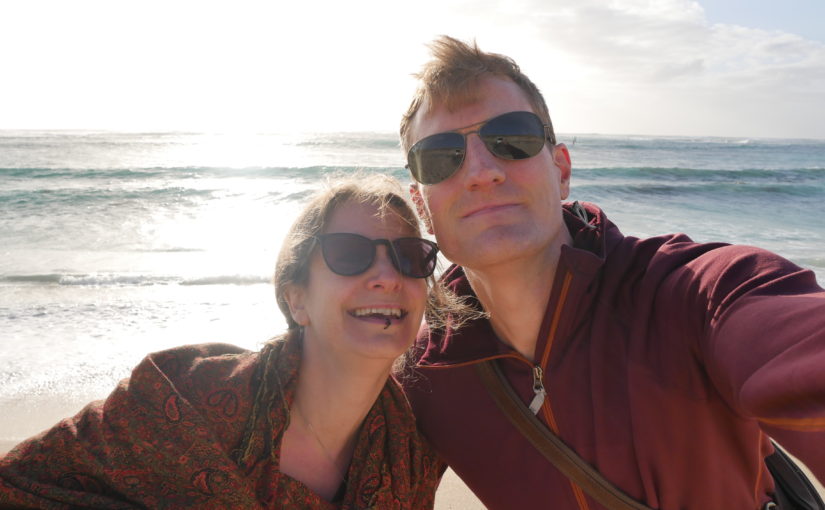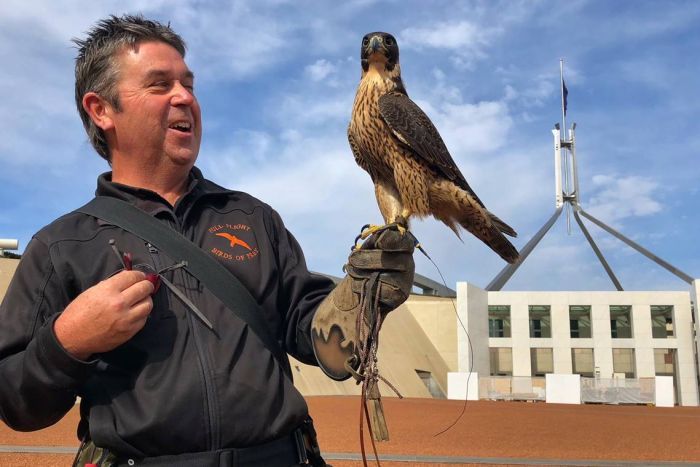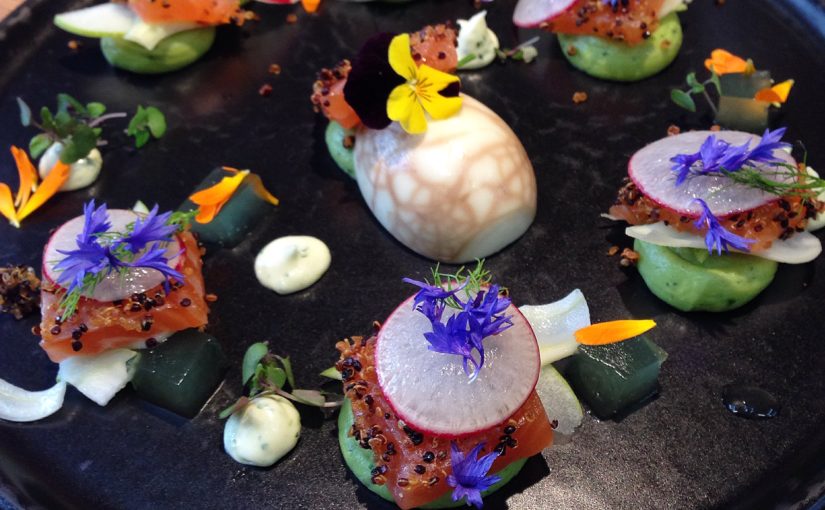While the world goes to shit, you can bet, as usual, that I’ve got an opinion on this too. My blog began as a way of keeping in touch with my friends back home to share my Australian adventures. Now it’s going to come into its own for my Australian friends too.
So we’re all consuming our life experience virtually just now. Some of us are in lockdown, glued to our telly, watching in horror as it all unfolds. Some of us are consuming a lot of… well, things that are well meaningly shared about but probably aren’t true. Just like when The Star tells you incredible northern blizzards are coming at the end of the week!!! and I’m wondering where they get this exciting information; the Met office has barely forecast drizzle, and that’s the definitive source! A useful analogy in these times. And then there are yet more of us who are using the time to binge watch tv and be entertained by more cat videos than ever.
Into the mix of all that, I throw in a little blog for amusement. It’s not like you’re going anywhere or have anything else you should be doing. This shit is happening for a good sixth months whether we deal with it well or not, so here’s my little contribution to trying to deal with it well.
So, I don’t wanna isolate some of the ol’ readership, but lots of my home chums have posted memes about 2020 being shite, and I wanna back up my adoptive home in a ‘Nam-like sorta way; ‘you don’t know man, you weren’t there!!’ First Australia had fires that destroyed huge swathes of landscape and loadsa those guys are still living in tents. Then we had so much smoke we couldn’t go outside, and asthmatics were always two breaths away from an attack. Then we had a positively biblical hail event in Canberra that destroyed things that still haven’t been fixed. Then there were floods. So it’s already been a crap start to 2020 after a shitty summer of fire, smoke, hail and flood, and now we have disease too. But yous all have just had the standard five month winter, so, yeah, that is bleak as well.
And now here we all are. Inside. Now, I am super lucky. Yup, we all want to read a blog about how good I’ve got it, sure. But attention must be paid to the things that are going to make it all alright for a bit. While my employment is totally drying up…balls… I have a lovely Yates. Public servant jobs are secured (for now) so our income is not stressful. We are in jolly good health. We have each other. There are lots of people right now with no jobs, whose homes are precarious, who may not have anywhere to self-isolate (like Win’s post about India), or who are struggling on benefits and can’t get enough food. Women and children, and men, in struggling households of violence. If life is at least not like that, then let’s look forward. Some of my own dearest artist friends, Kunal and Dorota, Ben, Charlotte and Dan, CJ, are looking at insecurity as the gig economy dries up. If you’re not like that, let’s look forward. And some of us who just live alone and may not see another person for months now. Let’s look forward.
I don’t want to preach about being positive. Even I keep punctuating my wafty blithe optimism with tantrums. It won’t all be over by May, so you can’t go to Japan, Chris. Pen jettisoned across the interview room. It won’t be over by July, so you can’t fly home and see your little nephew before he forgets what you look like. Little weepy on the drive to work. You can’t go to work Chris (oh. Oh, well, ok). You can’t sing shanty’s round your friend’s house. Scowl. Floriade has been cancelled. Honey lid launched across the kitchen, right, that is FUCKING IT!!! But between that, there is this:
Yates and Chris wake up at the luxurious time of 6.40 and amble into the living room. Leisurely, we drink a pot of tea, occasionally muttering ‘fuuuuck’ as we listen to the news. We watch the sun come up, and chuckle at the currawong who lands on the balcony wall and cocks its hesitant little head at us. We decide to go for a run or …something, then setting down industriously. We make faces at each other over the tops of our computers. We sally forth (er, sorry Europeans, for now, Aussies are still allowed out) to get a coffee and hot cross bun. We count that essential journey under ‘food,’ and while our favourite cafes, bars and eateries are selling food out a side hatch, we’d better keep them afloat. Cockatoos come and visit us throughout the afternoon, and, between fighting one of the cheeky buggers for a bra I left drying on the balcony, we make up office dramas about our cockie co-workers. Sometimes I tutor a child via skype and we make up poems by creating comparisons and pull out the most perspicacious metaphors you’ve ever heard. I write a poem, or something else. I will ring someone I love, and look at their face. Yates endlessly potters outside to feed the cockatoos and watches them in fascination. We cook dinner, and eat it on the balcony (while nine, yes, nine of the feathery fuckers watch us), watching the sun set behind Black Mountain with a glass of wine. Then on the sofa, we read a bit of Pratchett to each other, stare gormlessly at our phones a bit until one saves the other with a squawk of ‘loop!! You’re in the loop! Stop the loooop!!’ And so to bed.
There’s been a lot of discussion about mindfulness, meditation and …ya know, all that bollocks. But we’re sliding into winter, here in Canberra (exciting! I’m wearing tights!) and I am reminded of the great words of my best friend Becky. Winter is for rest. I thought about this a lot last winter here. And this is my main source of optimism. In isolation, we are forced to rest, to reflect. After a few days of isolation, we feel good, it’s great to stay indoors and not have to go to work. We chill out. Then after a few more days, we get fucken bored and gloomy. Without distraction, stuff comes out your head you didn’t know was there, then how the hell you put it back in. And then when we come out of that, we genuinely start finding things to DO.
In summer holidays gone by, if I wanted to write, I had to dedicate enough empty days in a row to actually get bored enough to just sit down and start. This is the time for us now to find these things to DO, to be creative. And as any self-respecting northern hemisphere-er knows, there is a marvellous luxury to be found in winter, of saying ‘no, ta!’ to the world, and snuggling inside, with cups of tea, with blankets, with beautiful music, with audio books, and enjoy the fact that we are warm and safe. Creatives are relishing this. The sitting in a candlelit room with red wine and Nick Cave, drawing (hi Dorota). Those of us sitting by a log burner with a cheeky whiskey, listening to owl calls and knitting (hi boaters). Snuggling on cushions and shoving the cat or dog away to listen to Terry Pratchett on audio books and draw, sketch, make quilts and cards, bags, knit socks and gloves, paint beautiful flowers on metal buckets (hi Freeman, Freeman’s mum, Lesley the boater, Jane’s bags; boater, Annie; boater, Lottie). Lying on your belly on the floor, leafing through six cookbooks at once, and thinking …oooh…that looks nice and spending afternoons roasting, baking and stewing (hey Brooke, Sinead, Danny). Removing the violin or melodeon, clarinet or guitar from The Slightly in the Way Stand of Good Intentions and playing, singing (that’s nearly everyone else I know from New Moon, Surly Griffin, Huginn and Munin, Red Cuthbert, Canberra/Redfern Shanty Club). Staring out the window or over the balcony wall, tapping your pen, thinking ‘what is that like?’ until you make your metaphors. Reading, and learning. No distractions. Many of us are lucky enough to enjoy this.
Can you imagine trying to explain the internet as a way of getting us through isolation to someone hiding out from the Black Death in the fourteenth century? I just can’t manage it. But we have it. My new good friend Jen said another interesting thing to me on that idea; seeing as we no longer see daily people, we have all our energy open to choose who we want to talk to. Now, it’s just as easy for me to facetime a Canberran Shanty Singer or Writer as it is my English teacher friends. Just spin through your address book and think, ‘who’ll it be today?’ We can reconnect with people because we have time. This is a beautiful thing. And while I want to take your jammr, your bandlab, your zoho, zoom, skype, webex, discord, houseparty, hangouts, messenger, whatsapp and ram them all where the fucken sun doesn’t shine, it was bloody awesome when my phone rang and suddenly five faces were looking at me all talking at once and suggesting we burst into ‘Randy Dandy Oh.’ Or when we cheekily gatecrashed Will and Jen’s facetime with Charlie and Lucy, because houseparty lets you do that. People are being creative at finding new ways to work, socialise, create and party. Best idea yet was Sinead suggesting we all facetime in together and get Danny to sommelier us through wines we all have. Genius.
As Monty’s already pointed out, normally this staying inside for two weeks in your jammas, playing board games and drinking is exactly what we’re all over at Christmas, so we have it in us. This is the approach I’m taking this winter.
Hippy dippy three-month duvet time aside, there are probably some other moments of peace we could find in all this. Our world is fast paced and connected, social media gives us forums to compare ourselves and there is always something we could or should be doing. I need more theatre in my life. Why? Erm, because knowing I’ve done something cultural makes me feel valid. I want to go to the pub with all the pretty lights and look like the pretty people. Why? Because then I’ll feel loved and like I’m having a good time. I should be further ahead in my job like that chick I just had dinner with. Why? You weren’t even thinking about that this morning. Because…feminism. I should have children before I can’t have children, and then I won’t even have the chance to think about whether I want children or not. I want that pretty dress so I can go out in it and then show off, post pictures, everyone must know how good my life is. And look, I’m not friends with loads of megaposters because… I find those behaviours tedious. Fuck, I stopped shaving my armpits sixth months BEFORE all this shit. But inside us….ok, inside me, there is a little bit of the pernicious comparing. Is my life successful enough? Interesting enough? Am I loved enough?
Well bitch, the whole world’s in a onesie and bunny slippers so there’s not much comparing to be done. Getting dressed is an achievement. There is now a Great Not Having To. No feeling bad about not having explored your country enough; you can’t for a bit. No feeling bad about not going out on the town to rock out; because you can’t. No feeling frustrated that you still didn’t try that fancy new restaurant only down the road and goddamit you’ve been here 11 months now, because you can’t for a bit. Freedom. Er, not laziness. All the background anxiety about promotion, direction, the world, the ex, forget it. A crisis reminds you what’s important. I enjoyed this on the boat. My concerns were about having sufficient water, enough fuel for warmth, enough space in the pot to shit in, and food. All other things are marvellous benefits. I don’t want to be glib about people who genuinely face real anxiety – and suggesting a pandemic will ‘liberate you from daily anxiety’ is pretty fucken hard to swallow, but it could certainly focus on what things are objectively worth anxiety, and what we have to be pleased about. And what about those of us who never liked going out much anyway? Happy days.
All well and good for us on The Great Underneath. Those of you fatigued by the grey of a long winter, itching in your feet as flowers press through the earth – you’re pretty much over the whole snuggle and the staying inside thing. If winter is rest, summer is action, for living, for doing, frantically, until winter again when you can sit down and think about it all. My attempt at comfort is this. Imagine what a spring it will be. Yellow hammers and skylarks will peep out of the hawthorn hedgerows with held breaths; they will wait and then…nothing. They will fly out, unmolested. Hedgehogs and badgers will approach the tarmac river and waddle slowly across it, unflattened. Carp and pike and bream will multiply unfished, hares will run, cow parsley, trefoil, then bluebells, garlic flower, rosebay will elbow their way out to the sun, trembling and shaking in the breeze unpicked; untrampled, and hawks will soar in skies unstained by smears of engine fuel. Mountjacks, mink, stoats will tumble on the towpaths and live a year without fear. Let them have it. Just this once. I’m sure we’ll re-seize the world after all this is over and carry on fucking it up without a second thought.
I feel close to my home, this time of year. Spring and Autumn are not two sides of a coin but parallel moments of change that line up equally at a point. The sun on yellow buttons here in the gentle autumn warmth is like the sun on cowslips as we dance up the summer. The weather fluctuates, and reminds us there is nothing you can rely on, but change. And we’re in a time of change. Incredible how quick that shit moved, hey. Two months ago, we all couldn’t do enough for firies, we fell over ourselves to donate, to flock to centres, to bring food, clothes and money to help each other. The human was united against Nature, the enemy out there that was pursuing us with its hot fingers. Now the enemy is within us, invisible; we don’t know if our friend we’re walking with is an asymptomatic carrier, or if the person at the checkout is, or if they guy you just walked past has all the bloody bog roll and that bitch has all the pasta, so we regard everyone with suspicion and hate; fight over basic amenities while scorning refugees who want to get off the boat here. Boy were we ever worried about the wrong boat. But in the time of social distancing, everyone, remember to smile and wave at people, in between walking away from them. It’s great for Brits, the naturally suspicious of the world, because a smile now CAN’T lead to further interaction you don’t want, it can be taken just as it is; a momentary connection of kindness. Don’t walk away from each other in your hearts. This is how we’ll rebel against the ‘rona. I’ve smiled at the same old fellow the last three mornings on my run, and today, he was ready; he looked me square in the eye, and said hello.
Made my fucken day.
